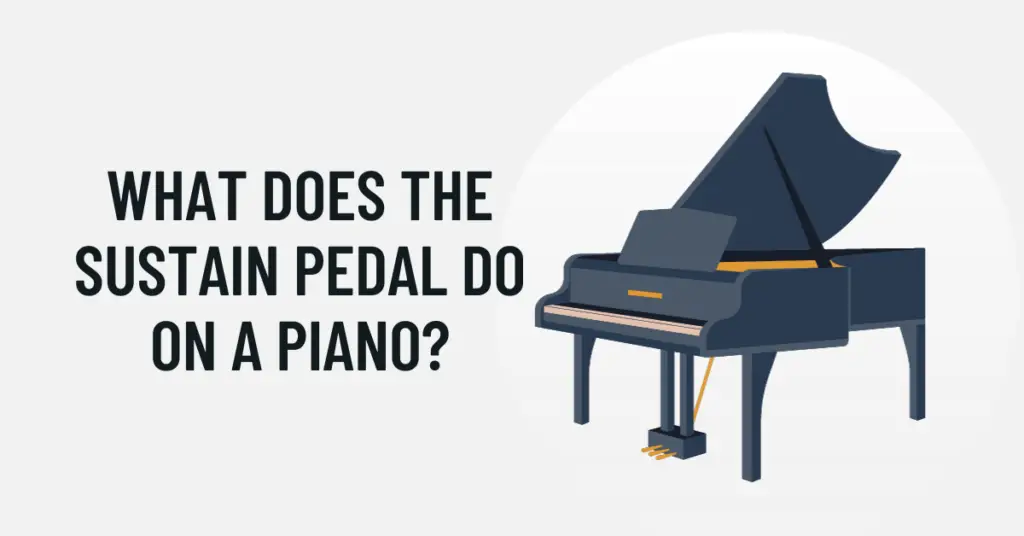The piano, with its rich and diverse sound palette, offers musicians a vast range of expressive possibilities. One essential feature that contributes significantly to the piano’s emotive power is the sustain pedal. Often referred to as the damper pedal, it plays a crucial role in shaping the resonance and sustain of the notes. In this article, we will explore the functions and nuances of the sustain pedal, shedding light on how this humble device enhances the piano’s musicality.
1. Sustaining Sound:
The primary function of the sustain pedal is to sustain the sound produced by the piano. When the sustain pedal is depressed, all the dampers inside the piano are lifted, allowing the strings to vibrate freely even after the keys are released. This results in a lush, lingering sound that adds depth and warmth to the music.
2. Creating Legato and Smooth Transitions:
The sustain pedal enables pianists to create seamless legato passages and smooth transitions between chords and melodies. By using the pedal strategically, pianists can connect notes that would be difficult to play legato with fingerwork alone. This feature allows for a fluid, singing quality in the music, enhancing the overall phrasing and musicality.
3. Enhancing Resonance and Overtones:
When the sustain pedal is engaged, not only do the struck strings vibrate, but sympathetic vibrations are also triggered in all strings related harmonically to the notes being played. This phenomenon enhances the piano’s resonance and enriches the harmonics, creating a more vibrant and immersive sound. It adds a natural complexity to the music, especially in chords and harmonically rich passages.
4. Creating Ethereal and Expressive Effects:
Musicians often use the sustain pedal to create ethereal and expressive effects, such as in atmospheric compositions or emotional ballads. By judiciously applying and releasing the pedal, pianists can control the level of sustain, shaping the intensity and mood of the music. This ability to manipulate the sustain adds a layer of depth and emotion to piano performances.
5. Experimenting with Harmonics and Resonance:
Skilled pianists experiment with the sustain pedal to explore the instrument’s harmonic potential. By selectively engaging and releasing the pedal while playing, they can produce unique harmonic effects and emphasize specific overtones. This experimentation enhances the pianist’s artistic expression and allows for creative interpretations of musical pieces.
6. Pedal Techniques and Control:
Mastering the sustain pedal involves more than simply pressing and releasing it. Pianists use techniques like half-pedaling (partially depressing the pedal) and flutter-pedaling (quickly tapping the pedal) to achieve specific effects. These techniques require precise control and coordination, allowing pianists to tailor the sustain to suit the musical context and their artistic vision.
Conclusion
The sustain pedal on a piano is much more than a simple device; it is a gateway to a world of musical expression. Its ability to sustain, resonate, and create emotive effects elevates the piano’s versatility and depth. Pianists, through their nuanced use of the sustain pedal, can weave intricate and soul-stirring musical narratives, captivating audiences and eliciting powerful emotions. The sustain pedal, a seemingly unassuming component, truly embodies the magic of the piano, enhancing the instrument’s inherent beauty and enchanting listeners worldwide.


